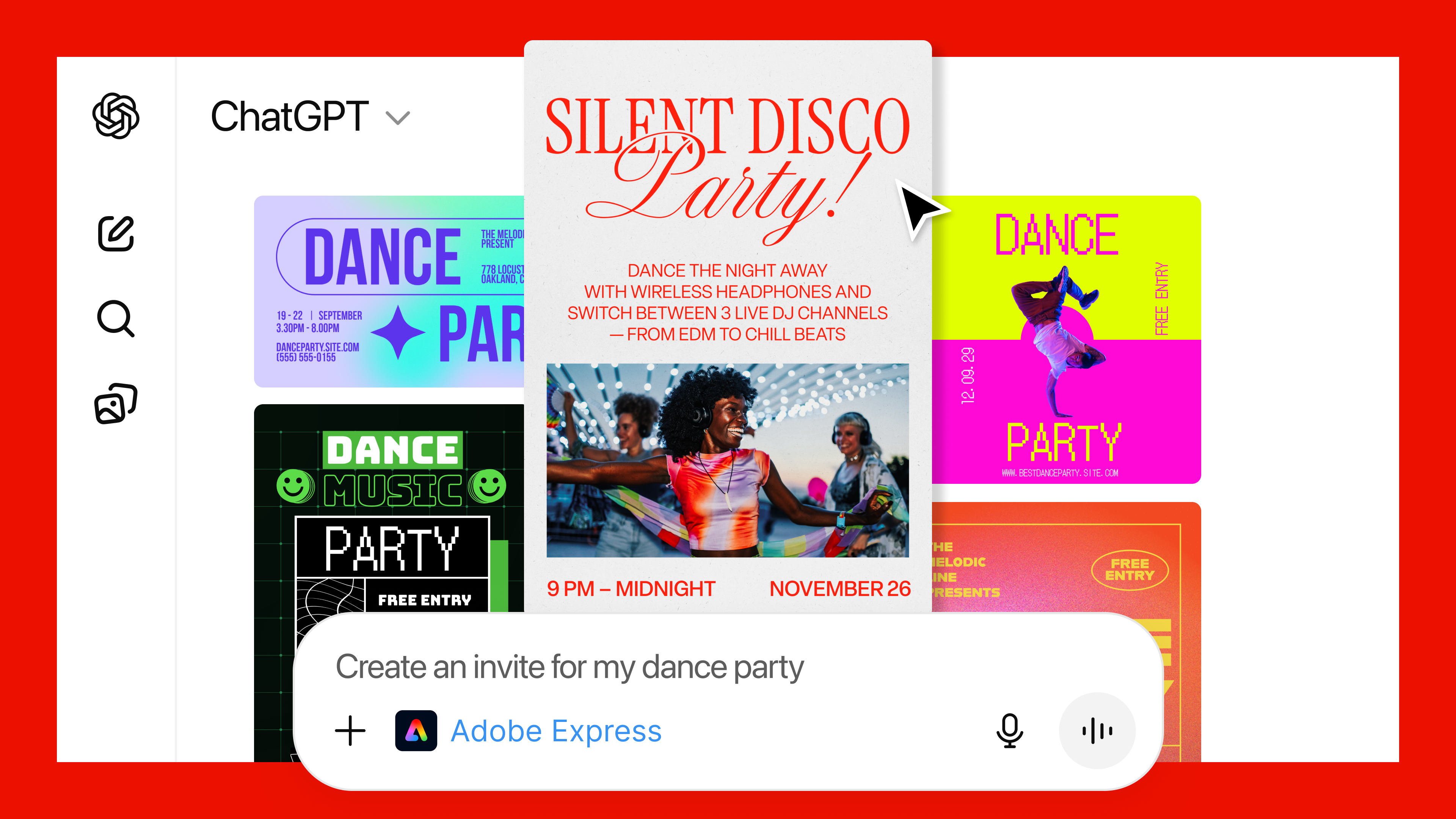Google is rolling out new Gemini-assisted functionality to Search and its Translate app. It says its AI can now provide more natural and accurate text translations for phrases that have more "nuanced meanings." Translate will now take slang terms and colloquial expressions into consideration rather than provide sometimes unhelpful direct translations.
The latest update to its text translation feature is rolling out first in the US and India, translating between English and just under 20 other languages, including German, Spanish, Chinese and Arabic. It works in the Translate app for iOS and Android and on the web.
Gemini’s speech-to-speech translation feature has also been updated, so you can now hear real-time translations in your headphones, like with Apple’s AirPods Pro 3. Google says the new functionality, which is now in beta in the Translate app for Android (iOS is coming next year) in the US, tries to "preserve the tone, emphasis and cadence of each speaker" so you better understand the direction of the conversation and who said what. It works with any headphones and supports more than 70 languages.
Finally, Google is adding more tools to its potentially Duolingo-rivaling AI-powered language learning tools, which it introduced to the Translate app in August. Like Duolingo, Translate can now track how many days in a row you’ve been attempting to learn a new language, so you can check your progress over time. Whether it will nag you as persistently as the Duolingo owl famously does for slacking off is not clear.
The feedback feature has also been improved, so you should receive more useful tips on how you’re pronouncing words or phrases. Germany, India and Sweden are among the 20 new countries that can now use these educational tools.
After not showing it much love for a while, Google has been busy adding new features to Translate recently. As well as the new language practice feature, an update last month added the ability to select between "Fast" and "Advanced" translations that allow you to prioritize speed when you’re in a rush (ordering a drink at the bar, for example) or receiving more accurate translations using Gemini.
This article originally appeared on Engadget at https://www.engadget.com/apps/google-translate-is-now-better-at-translating-slang-terms-and-idioms-using-ai-173428316.html?src=rss